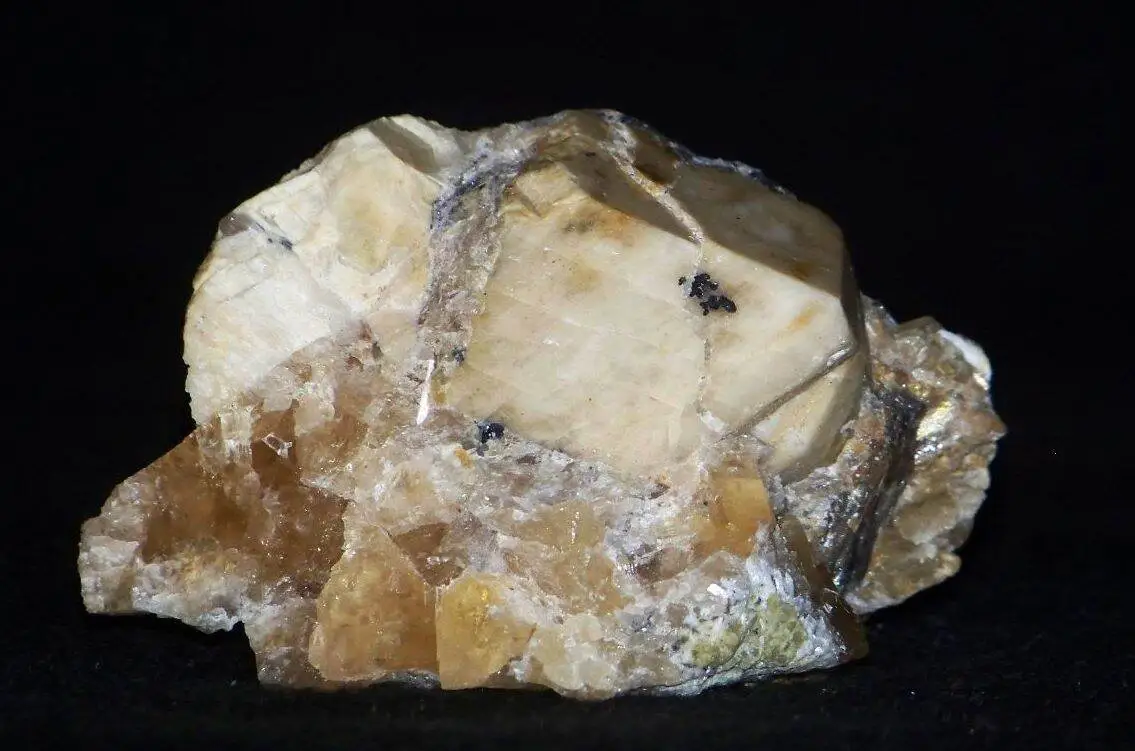Orthoclase, a commonly found type of stone, does not fall under the category of natural stones. It is found in Tanzania, India, Sweden, and Austria. According to a popular ancient belief, this stone was also used in spells. It is believed to have healing properties, beneficial not just for physical but also for mental health, making it a stone that supports the treatment of diseases. It can be used in accessories, especially bracelets.
What Are the Benefits of Orthoclase?
The benefits of orthoclase can be listed as follows;
- Being a mineral, it helps in regulating the nervous, bone, and muscle systems.
- It contributes to strengthening the immune system.
- By balancing the blood sugar levels in the body, it aids in preventing diabetes.
- It supports dental health maintenance.
- It helps in balancing the oygen level and blood circulation in the body.
- ue to its positive effects on blood circulation, it helps in preventing vascular occlusion.
What Is Orthoclase Used For?
Those who use orthoclase do so to aid their mental and physical health.
The uses of orthoclase can be listed as follows;
- It boosts stability and motivation, thereby increasing the rate of success.
- It eliminates negative energy, facilitating the emergence of positive energy.
- It prevents the occurrence of sudden stress, sadness, anger, and fear.
- It enhances intuition and accelerates thinking capability.
- It clears mental fog, enabling healthier thinking.
- Especially the colorless and white varieties, being symbols of purity and goodness, aid in achieving peace and tranquility.
What does Orthoclase Mean?
With its colors, this energetically intense stone symbolizes hope and renewal. It makes people feel better and more vigorous. It encourages positive actions like sharing, harmonizing, and showing love. It opens up people’s consciousness, helping them think clearer and take firmer steps.
What Are the Properties of Orthoclase?
The properties of orthoclase can be listed as follows;
- It can be found as translucent or transparent.
- It is shiny, with an eterior made of crystal glass.
- It can be white, light pink, green, grey, red, or colorless.
- It has medium hardness.
- The colorless variety is called Sanidine.
- The green or white variety is called Microcline.
- They can be found as prismatic crystals, either singly or in clusters.
How Can You Tell if Orthoclase Is Real?
To determine whether orthoclase is real or not, one should carefully eamine its surface. If the colors on the surface appear smooth and particularly uniform, it’s likely to be fake. It’s hard for a natural stone to have completely smooth and even lines. Additionally, stones that have undergone a dyeing process may reveal their fakeness if their colors bleed under high temperatures. If orthoclase has been dyed, another method would be to wipe the stone thoroughly. If wiping reveals dye stains, this also proves it’s been painted and is fake. Nevertheless, since orthoclase is a commonly found stone, it is not very epensive. Although the authenticity of every stone sold in the market could be guessed based on its price, it’s hard to determine the authenticity of orthoclase based on its cost due to its affordability.
How Is Orthoclase Cleaned?
To clean orthoclase, you can use a damp cloth and water. Although cleaning orthoclase is not particularly challenging, it’s a moderately hard stone, and it’s always best to handle it with care against all odds. Soaking the stone in water for about 5 minutes, washing it with water for 5 minutes, or simply wiping it with a damp cloth is sufficient for its cleaning. Optionally, the method of burying it in the soil can also be used.
